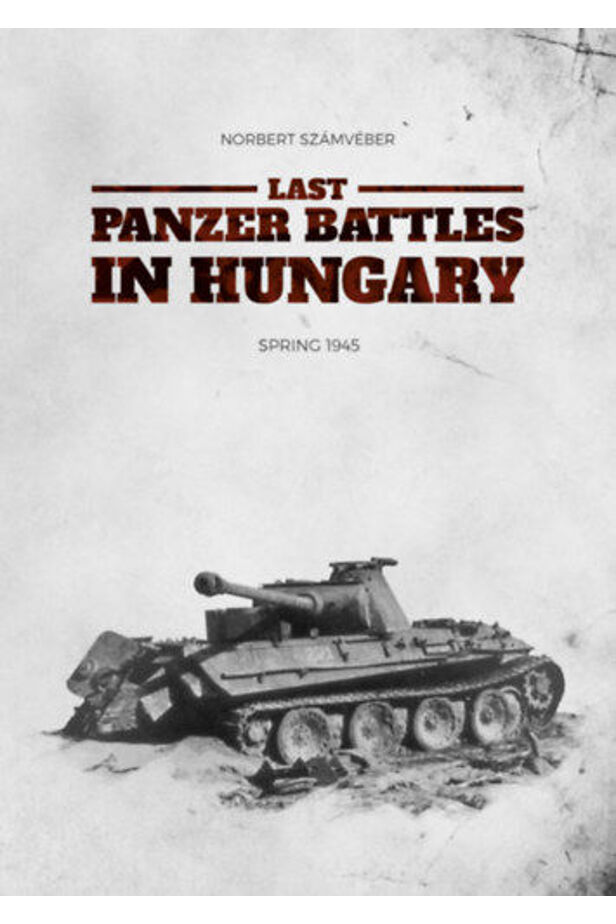Last Panzer Battles in Hungary
Delivery time: 2 - 3 business days
Quantity:
HUF 14,790
Description
In the final phase of the Second World War, the 6th Panzer Army was the last army available to the German military leadership which was more or less intact and capable of launching a major offensive. After it had been withdrawn from the Western Front in the aftermath of the failed Ardennes counteroffensive, it was replenished with men and equipment as fully as was possible given the circumstances and, as a result, almost regained its autumn 1944 strength. It would not have been a surprise if it had been deployed on German territory against the Allied troops advancing to the Rhine, or in Silesia or the Baltic States, or even if it had been sent to reinforce Army Group Vistula in the defense of the distant approaches to Berlin against the advancing Soviet army - after all, reinforcements were desperately needed in all of these sectors. But it happened otherwise: the 6th Panzerarmee was deployed in Hungary and participated in Operation Spring Awakening, launched in the western part of the country on the 6th of March, 1945. This was the last German "big offensive" in the course of the Second World War. Several questions come to mind about the operation. What were the initial goals of this seemingly pointless attack? What role was assigned to the once formidable German Panzer Corps? Did the Soviet command use the same defense directives as had been used during the battle of Kursk in 1943 because they had proved to be viable then? What types of tanks and armored vehicles fought in West Hungary and in what numbers? How did the American made M4A2 tanks manned by Soviet crews fare against the much heavier German Panther and Tiger B tanks on Hungarian soil? What were the losses on both sides in tanks and armored vehicles? To what extent can the prompt and powerful response of the Soviets - the offensive towards Vienna - be considered successful? How did the Germans, Soviets, Hungarians and Bulgarians use their tanks and armored vehicles in this operation? Besides giving a detailed chronological description of the events, this book offers answers to these questions. Facts extracted from operational documents of the opposing sides have been supplemented with excerpts from diaries and memoirs and the maps provided have been drawn on the basis of the original ones. The author has explored some recently available sources kept in Russian archives and has also incorporated into his research published Russian materials neglected until now by other researchers, along with some newly published German memoirs. All this has enabled the author to create a narrative of the operations in hitherto unprecedented detail. Illustrations: 22 photos, 26 b & w and color maps, 12 organizational charts.
| publisher | PeKo Publishing Kft. |
|---|---|
| writer | Számvéber Norbert |
| scope | 488 |
| volume unit | oldal |
| ISBN | 9786155583292 |
| year of publication | 2020 |
| binding | hard knitting |


